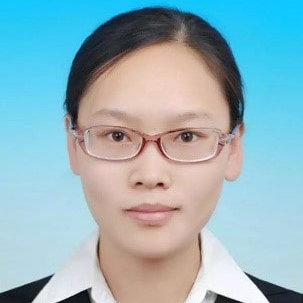Advances in Micro-Milling, 2nd Edition
A special issue of Micromachines (ISSN 2072-666X). This special issue belongs to the section "D:Materials and Processing".
Deadline for manuscript submissions: closed (30 March 2024) | Viewed by 2314
Special Issue Editors
Interests: precision machining; micro-milling; modeling; process simulation; FSW
Special Issues, Collections and Topics in MDPI journals
Interests: advanced manufacturing; microstructure evolution; residual stress
Special Issues, Collections and Topics in MDPI journals
Interests: ultrasonic-vibration-assisted milling; laser-assisted milling
Special Issues, Collections and Topics in MDPI journals
Special Issue Information
Dear Colleagues,
With the increasing demand for micro-structures/parts in aerospace, biomedical, microelectronics and other industries, micro-milling technology, which uses a high-frequency spindle together with cutting tools with diameters smaller than 1 mm, has become common because of its machining accuracy and machining capabilities.
In micro-milling processes, mechanical loading and thermal loading result in material microstructure evolution, which significantly affect material macroscale properties and the distribution of residual stress, including recrystallization and grain growth, crystallographic texture evolution, dislocation density evolution, and phase transformation. On the other hand, as a key evaluation index of the surface integrity, residual stress induced in micro-milling is important, and it is imperative to understand and control it to improve the dimension accuracy and surface finish of workpieces.
This Special Issue is devoted to advances in the scientific understanding of micro-milling, mainly in metals, but also in composites, ceramics and other structural/functional materials. We welcome research papers, communications, and review articles that focus on the research, design, manufacture, performance validation, and application of high-precision machining, including fundamental and applied research and development in micro-milling processes and advanced measurement science. The scope includes micro-milling systems and supporting metrology at the microscale.
We look forward to receiving your submissions!
Prof. Dr. Xiaohong Lu
Dr. Man Zhao
Dr. Yixuan Feng
Guest Editors
Manuscript Submission Information
Manuscripts should be submitted online at www.mdpi.com by registering and logging in to this website. Once you are registered, click here to go to the submission form. Manuscripts can be submitted until the deadline. All submissions that pass pre-check are peer-reviewed. Accepted papers will be published continuously in the journal (as soon as accepted) and will be listed together on the special issue website. Research articles, review articles as well as short communications are invited. For planned papers, a title and short abstract (about 100 words) can be sent to the Editorial Office for announcement on this website.
Submitted manuscripts should not have been published previously, nor be under consideration for publication elsewhere (except conference proceedings papers). All manuscripts are thoroughly refereed through a single-blind peer-review process. A guide for authors and other relevant information for submission of manuscripts is available on the Instructions for Authors page. Micromachines is an international peer-reviewed open access monthly journal published by MDPI.
Please visit the Instructions for Authors page before submitting a manuscript. The Article Processing Charge (APC) for publication in this open access journal is 2600 CHF (Swiss Francs). Submitted papers should be well formatted and use good English. Authors may use MDPI's English editing service prior to publication or during author revisions.
Keywords
- micro-milling
- modeling and simulation
- system and measurement
- scale effect
- surface integrity
- residual stress
- microstructure evolution
Related Special Issue
- Advances in Micro-Milling in Micromachines (6 articles)








